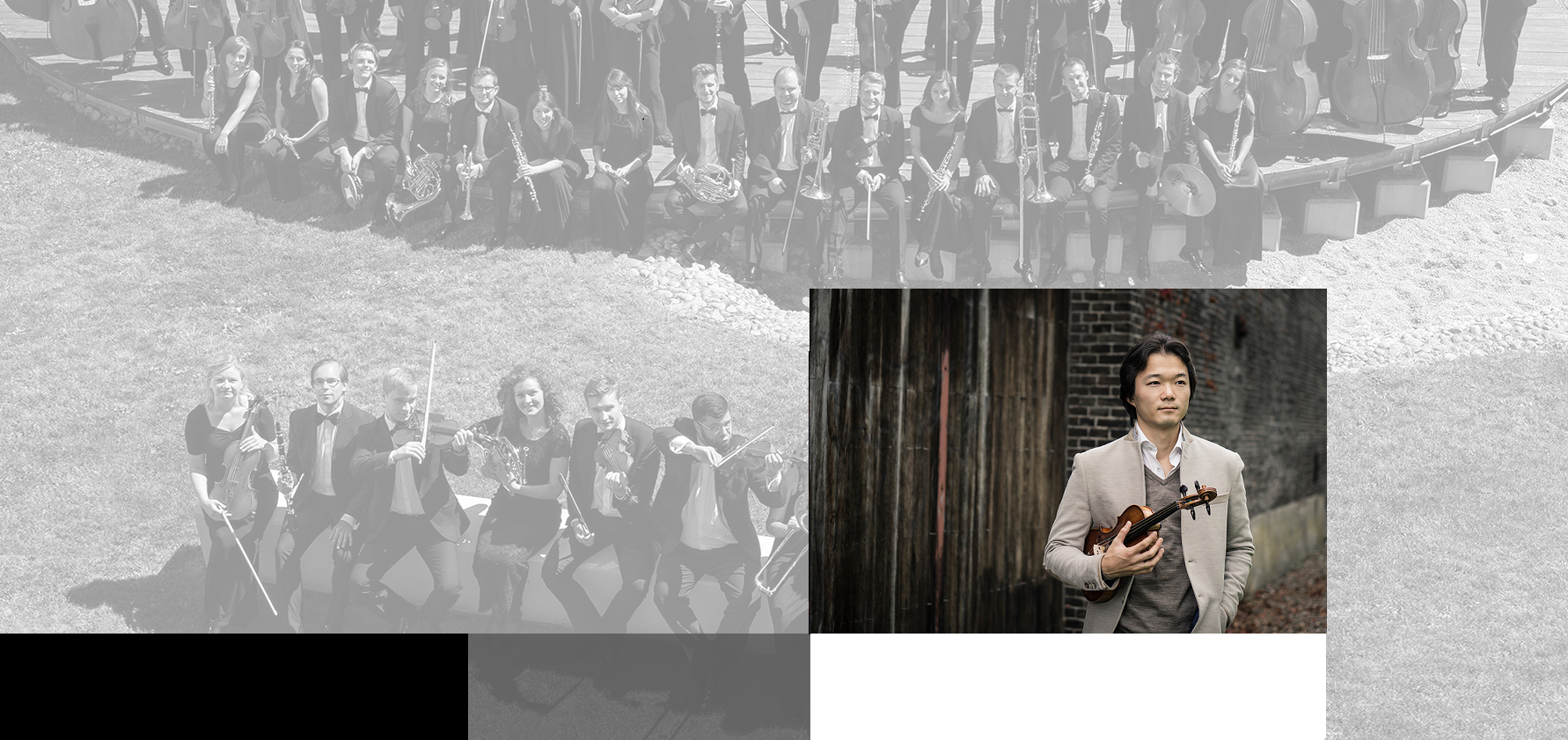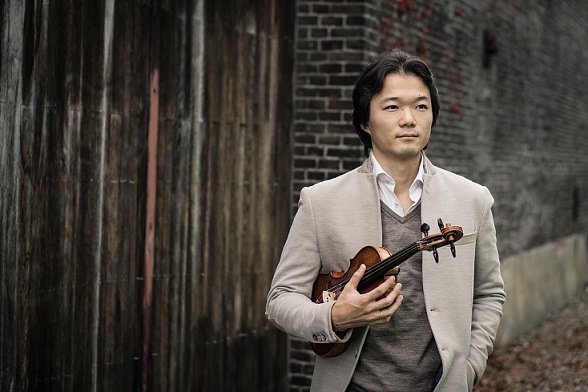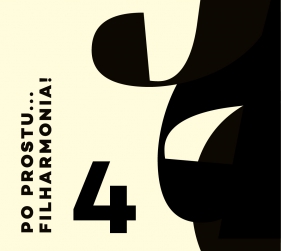What Did Romanticism Come Out Of? Out of the Need for Freedom…
23 March 2017, 7:00 pm
Warsaw Philharmonic

lll
Was Beethoven both a Classic and the first Romantic (as the 19th-century wanted to see him)? Was Brahms his heir and the last of the Classics? Periodisation in music history (and more generally – in all art) has always been the matter of convention, developed from the perspective of the generations that followed. Commentators often spoke of predecessors and of forms foreshadowing the given period, as well as its later echoes and retrospective music. This project juxtaposes music compositions which, though chronologically outside the Romantic era, already anticipated the free and subjective, Romantic type of expression – with works which, while representing high Romanticism, made use of old classical forms, and filled them with completely new content.
This single-composer programme, dedicated to the music of Johannes Brahms on the occasion of the approaching 120th anniversary of his death, features three symphonic masterpieces by the Hamburg-born master, who worked most of his life in Vienna. The Tragic Overture (Tragische Ouvertüre) was written in the summer of 1880 along with the serene Academic Festival Overture (Akademische Festouvertüre). It was characteristic of Brahms to combine works of contrasted mood into complementary pairs. Though Brahms’s contemporaries saw in the Tragic Overture for instance a prelude to Goethe’s Faust, the composition has in fact no literary programme. In an impressive fashion, it musically evokes moods of high drama and agitation, enhanced by the largest orchestral forces ever used by this composer.
The landmark Violin Concerto, written two years earlier, was critically interpreted by Brahms’s contemporaries as “a symphony with a solo violin”. This is why some soloists, including such violin greats as Wieniawski and Sarasate, refused to perform this piece, calling it “a concerto against the violin”. However, the immense innovative and inventive value of this extremely difficult composition was soon properly appreciated, and in the 20th (and 21st) centuries it has become the greatest violinists’ favourite.
Brahms late, nostalgic and elegiac Symphony No. 4 (1884) abounds in emotions – both intimate and extraverted, but always deeply moving and fascinating. Particularly its finale, employing the untypical form of a passacaglia (variations based on a repetitive harmonic bass pattern), makes a tremendous impression. This movement draws on the final section of the cantata Nach dir, Herr, verlanget mich (BWV 150) by J.S. Bach. Brahms was not only Bach’s great admirer, but also an editor of the Leipzig cantor’s works.
/Warsaw Philharmonic/
Performers:
Shunske Sato – violin
Polish Orchestra Sinfonia Iuventus
Alexis Kossenko – conductor

Programme:
Johannes Brahms – The Tragic Overture Op. 81
Johannes Brahms – Violin Concerto in D major Op. 77
Johannes Brahms – Symphony No. 4 in E minor Op. 98


